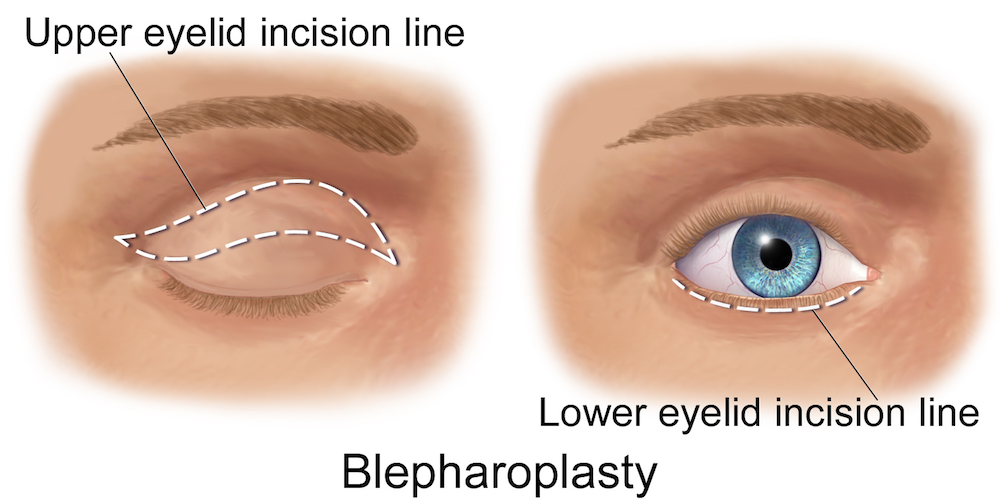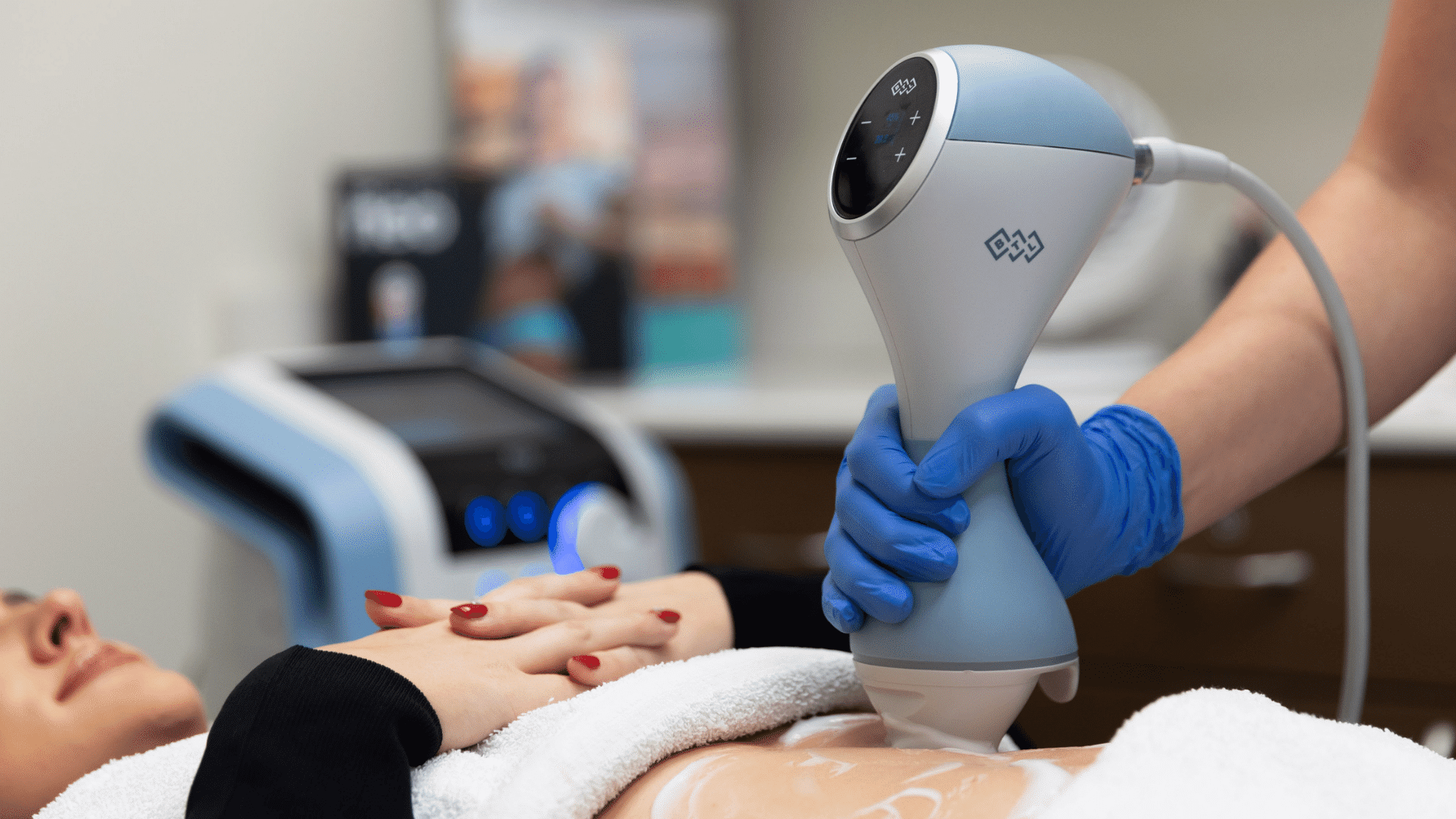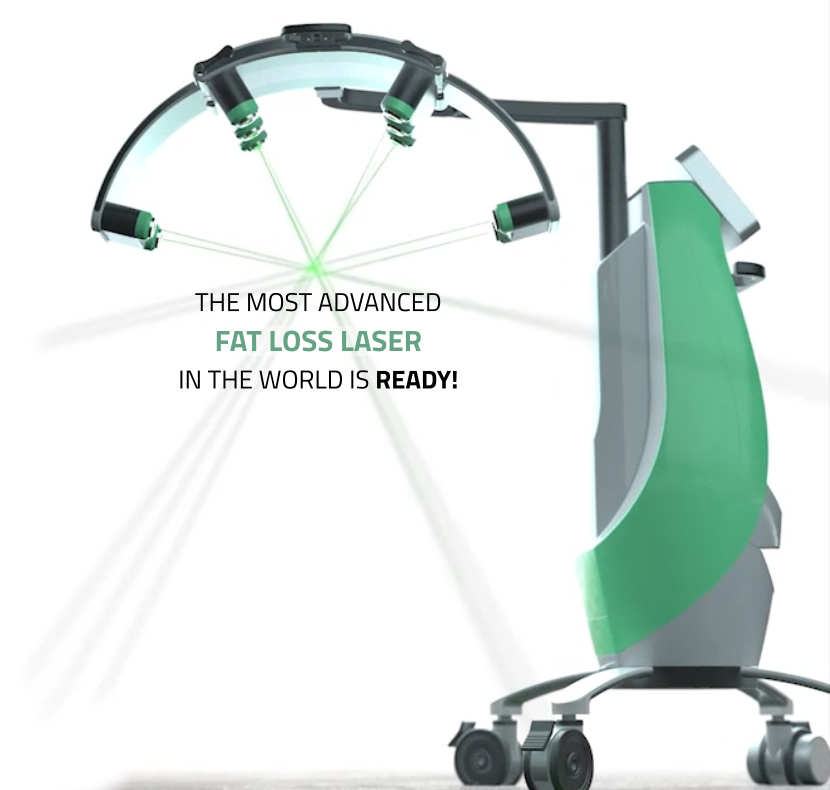Is Eyelid Surgery Right for Me?

How would I know if eyelid surgery is the right choice?
Tired of spending money on eye creams and serums that make no difference? You may be considering blepharoplasty, or commonly referred to as eyelid surgery to restore beauty, youth or to prevent the early onset of age to your eyes and face, you may be wondering which procedure is right for you. Eyelid surgery are rejuvenation procedures often sought out by individuals who want to get rid of wrinkles, sagging eyebrows, eye bags, hooded eyes or the dreaded dark circles underneath the eyes. Before choosing to undergo this surgical procedure, it important to understand what is required to have eyelid surgery (Blepharoplasty), including, benefits and drawbacks of surgery and the alternatives to this procedure.
What Is Blepharoplasty Eyelid Surgery
Puffy upper eyelids can not only make someone look tired, but also interfere with their eyesight. In some cases, skin from the upper eyelids can hang so low that it can block peripheral vision or make it hard for someone to open their eyes completely. However, for most individuals it is caused by the ageing process and can leave many looking for a solution to stay youthful.
Blepharoplasty, or commonly referred to as eyelid surgery, can address these issues and improve the appearance of the upper or lower eyelids or both. Removing excess skin, fine lines, wrinkles, hooded eyes and eye bags while lifting drooping skin allowing individuals to open their eyes with ease and make their eyes look bigger, brighter and more youthful. Lower eyelid surgery removes excess skin and fat to achieve a rejuvenated look throughout the eye area.
The surgeon makes small incisions on the inside of the eyelid or below the lash line, remove any excess skin needed and pull the skin to tighten. The surgeon will then close up the incision with stitches while hiding the scar in the natural fold of the eyelid. The stitches are usually removed within a week after surgery, however in some cases they may stay on longer. Surgery takes around two hours, with injections, needles, and long recovery time needed after the procedure, however, you can usually return home on the same day of surgery.

Blepharoplasty Surgery FAQ'S
Who is a candidate for an upper blepharoplasty?
An upper blepharoplasty is for patients who have loose skin or bulges of fat in the upper lid. Some patients may complain about their eyelids feeling heavy at the end of the day. Rarely there is obstruction of the upper visual fields.
What are the most important factors to consider when deciding whether or not to get an upper blepharoplasty?
The most important factors to consider when considering a blepharoplasty is whether the sort of an improvement the procedure does warrants the expense, risk, and recovery that comes along with the procedure.
What is the best age to have an upper blepharoplasty?
While some patients have an upper eye-lift in their early thirties, the peak for the operation is the forties. There is another peak in the fifties and sixties when a large number of patients have a facelift and the upper eyes are done in conjunction. Ultimately it is not a matter of age; it is when there is enough to do to make it worth doing.
Will there be scars?
Plastic surgeons warn patients that there is always a scar after surgery. But the eyelid heals better than any other part of the body. The reason is that scarring seems to be related to the thickness of the skin and the eyelid has the thinnest skin (that is why scars on the back are almost always unsightly.) Eyelid scars are typically only visible when your eyes are kept closed and someone who knows what they are looking for focuses on your eyelid from a close difference.
How can I tell if I need an upper eyelid lift (blepharoplasty) or a brow-lift?
There are two rules of thumb. If the hooding extends beyond the corner of the eyelid, then you may need a brow-lift since an eye-lift mostly has its effect on the lid skin itself. If you can push up your brows to an ideal height – not too high (!) – and the eyelid is mostly corrected, then you may need a brow lift. But if your brow has a nice arch (in a woman – a man usually has a horizontal bow) and is located above the eye socket, then an eye-lift is what is usually done.
If I am unhappy with my results, or if I simply want another upper blepharoplasty down the line, is it safe to do another one?
The biggest mistake is removing too much skin. You can always remove more, but when too much is removed there can be problems with dry eyes and problems closing the eyelids. Most of the patients who have a blepharoplasty and later ask to have more removed actually are in need of a brow lift and expected more from the blepharoplasty than an upper blepharoplasty can do. Some may be unhappy with extremely crepey and sun-damaged skin, but no surgery changes the inherent qualities of the skin. It actually is extremely unusual for someone to ask to have a revision of their blepharoplasty.
Will I have bruising and if so, how long will it last?
Patients who are committed to icing will have very little bruising. But others can be dedicated to the icing and still develop bruising. In any case it is usually all subsided by a week after surgery.
How long does the swelling last?
By one week the bruising is usually gone. While the upper lids will still be a bit swollen for another week, most people can go out after a week without anyone commenting or seeming to notice that there is any upper eyelid swelling.
What do I have to do to care for the incision?
An upper blepharoplasty incision needs no special care. It is okay to get it wet right after surgery, even cleaning it gently with a soft washcloth. After the sutures are out, no special scar ointment is necessary because this part of the body heals so well.
Will there be scars?
For a transconjunctival blepharoplasty (for removal of just fat), fat is removed from inside the lower eyelid, so there is no visible scar at all. If skin needs to be removed, there will be a scar along the lower eyelid just beneath the lashes. This heals very well and is really not visible.
Will a lower blepharoplasty get rid of the deep lines (crow’s feet) on the sides of my eyes?
A lower blepharoplasty only makes changes in the lower eyelid itself; it does not make changes out to the sides of the eyes in the crow’s feet area.
FAQ'S from (https://www.drteitelbaum.com/face/eyelift/eyelift-faq/)
Non-Surgical Blepharoplasty Eye Surgery
Avoid costly and risky cosmetic surgeries such as eyelid correction and eye surgery with Fibroblast Plasma Lift, the new revolutionary non-surgical and non-invasive eye lift treatment. Fibroblast Plasma Lift, also known as plasma pen, fibroblast or plasma eye lift blepharoplasty, is the next generation technology for skin tightening and collagen production.
The Fibroblast Plasma is an advanced, non-surgical, non-invasive skin tightening and skin rejuvenation procedure that is particular suited to tightening skin above and below the eyes, around the mouth, on the forehead, the neck, the decolletage, the abdomen and anywhere there is loose skin or wrinkle formation. Plasma pen can help remove crows feet, eye bags and gave you back the years on your eyes.
Plasma uses plasma energy to remove excess tissue in the eye area such as hooded eyelids, eye bags and fine lines and wrinkles. Plasma refreshes the eyes by remodelling and forming new collagen. This non-invasive treatment requires little to no down time and is effective for rejuvenating the delicate eye area, tightening skin and ridding those eyes bags and hooded eyes. Read about our Fibroblast Plasma Lift treatment by clicking below, or book your face to face consultation today.






